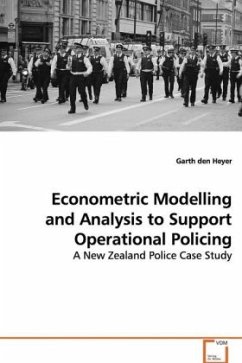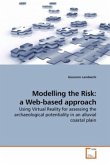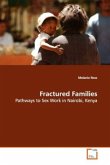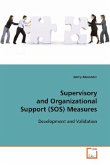Traditionally, police agencies have allocated
resources in response to their operational demands
or requirements, with the majority of resources
being distributed in response to political demands
and to public calls for service. This study
examines this issue through the presentation of two
quantitative econometric methods, simultaneous
linear regression and multivariate analysis based on
New Zealand social data. Three econometric models
are applied to the fifty New Zealand Police Areas
for the period 1997 to 2002. The results from the
application of the three models are compared with
the actual number of police officers, level of crime
and resolution rate over this period. The
difference between the actual figures and those
suggested by the models is the basis for
investigating Police Area effectiveness.
The relationships between the three models, the
socio-variables and the Police Areas are explored
and analysed further by using five multivariate
analysis methods to investigate service delivery
effectiveness.
resources in response to their operational demands
or requirements, with the majority of resources
being distributed in response to political demands
and to public calls for service. This study
examines this issue through the presentation of two
quantitative econometric methods, simultaneous
linear regression and multivariate analysis based on
New Zealand social data. Three econometric models
are applied to the fifty New Zealand Police Areas
for the period 1997 to 2002. The results from the
application of the three models are compared with
the actual number of police officers, level of crime
and resolution rate over this period. The
difference between the actual figures and those
suggested by the models is the basis for
investigating Police Area effectiveness.
The relationships between the three models, the
socio-variables and the Police Areas are explored
and analysed further by using five multivariate
analysis methods to investigate service delivery
effectiveness.








